NASA has announced that it is back in contact with Voyager 1, around five months after communications with the spacecraft were disrupted.
NASA ’s two Voyager spacecraft, launched in the 1970s, have passed beyond the orbit of Pluto and into interstellar space, making them the most distant man-made objects to exist in the universe. However, as you’d expect from technology that is nearly 50 years old, the pair of probes have had their share of technical difficulties in their time. But now, The remarkable pair of explorers continue out into the depths of space to fight another day.
Recommended Videos The FDS is responsible for packaging up data from the spacecraft and relaying this data back to Earth. A single chip in the FDS had failed, which caused the FDS to malfunction and not send data correctly.
United States Latest News, United States Headlines
Similar News:You can also read news stories similar to this one that we have collected from other news sources.
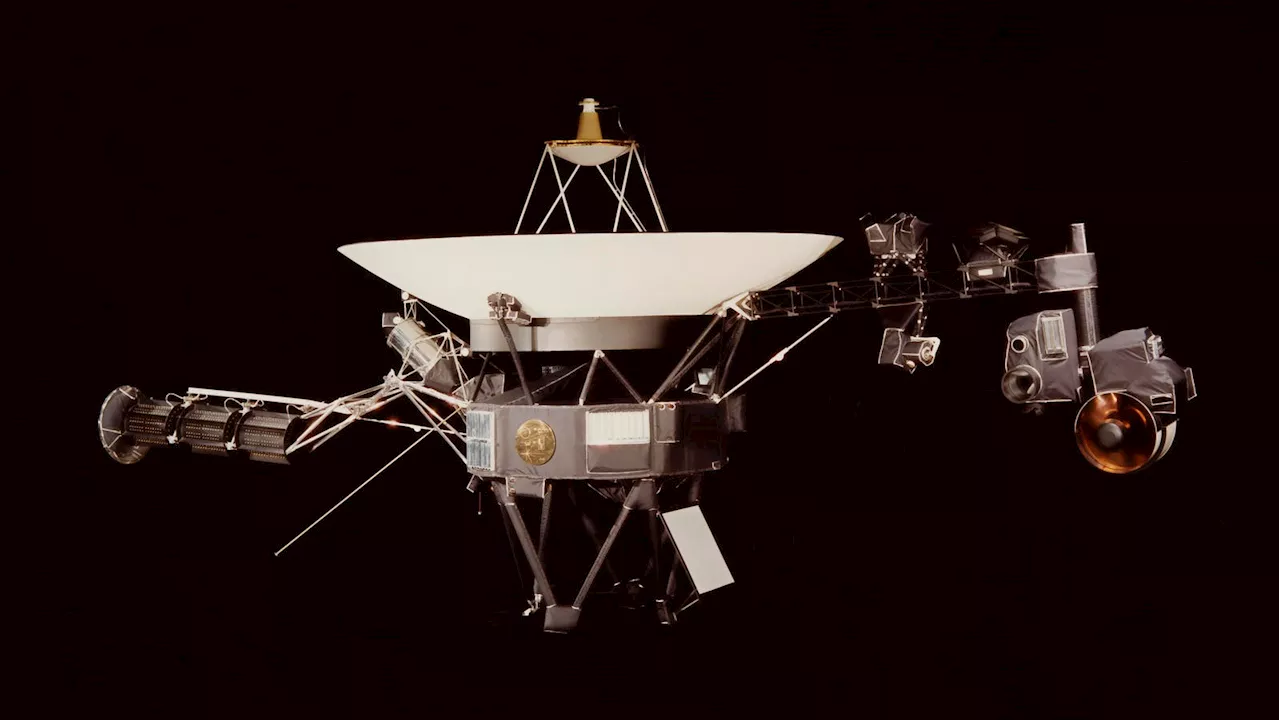 NASA Discovers Source Of Voyager 1 Glitch In Interstellar SpaceI began my journalism career with Entrepreneur magazine with a focus on small business technology. As a freelance journalist, I’ve covered gadgets, geek culture, public schools, weird foods, transatlantic travel and Route 66.
NASA Discovers Source Of Voyager 1 Glitch In Interstellar SpaceI began my journalism career with Entrepreneur magazine with a focus on small business technology. As a freelance journalist, I’ve covered gadgets, geek culture, public schools, weird foods, transatlantic travel and Route 66.
Read more »
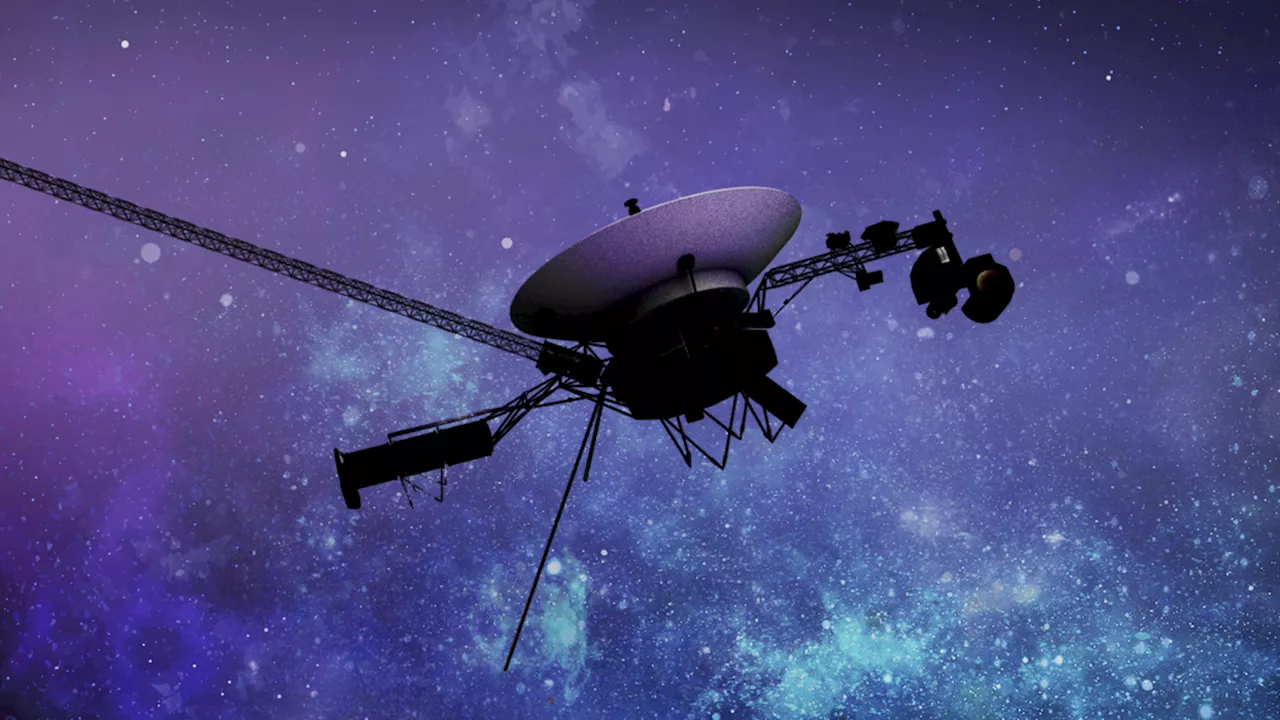 NASA Figured Out Why Its Voyager 1 Probe Has Been Glitching for MonthsCorrupted memory hardware is causing the mission to transmit gibberish, but there may be a way to fix it.
NASA Figured Out Why Its Voyager 1 Probe Has Been Glitching for MonthsCorrupted memory hardware is causing the mission to transmit gibberish, but there may be a way to fix it.
Read more »
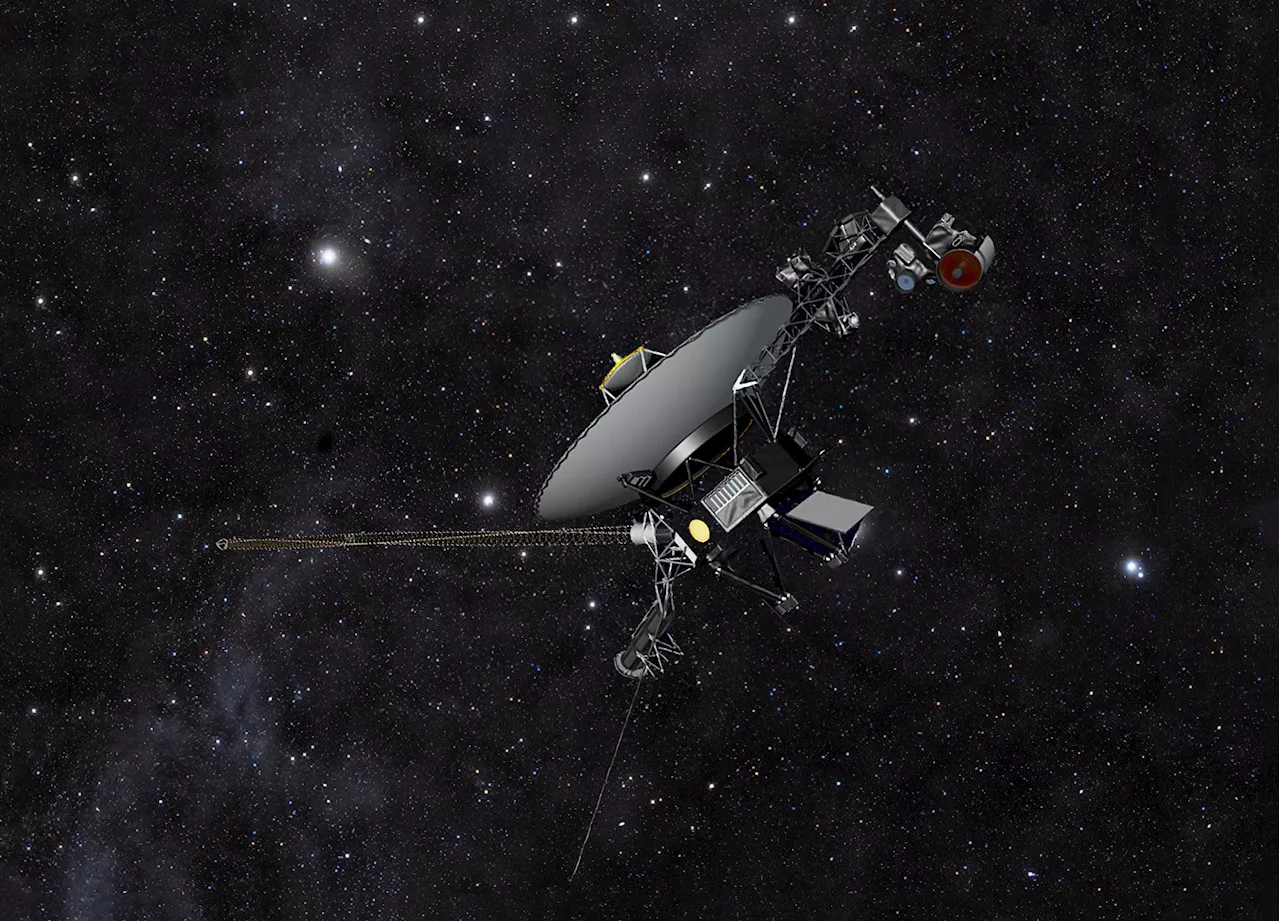 Memory Meltdown: NASA Engineers Pinpoint Cause of Voyager 1’s Cosmic GlitchScience, Space and Technology News 2024
Memory Meltdown: NASA Engineers Pinpoint Cause of Voyager 1’s Cosmic GlitchScience, Space and Technology News 2024
Read more »
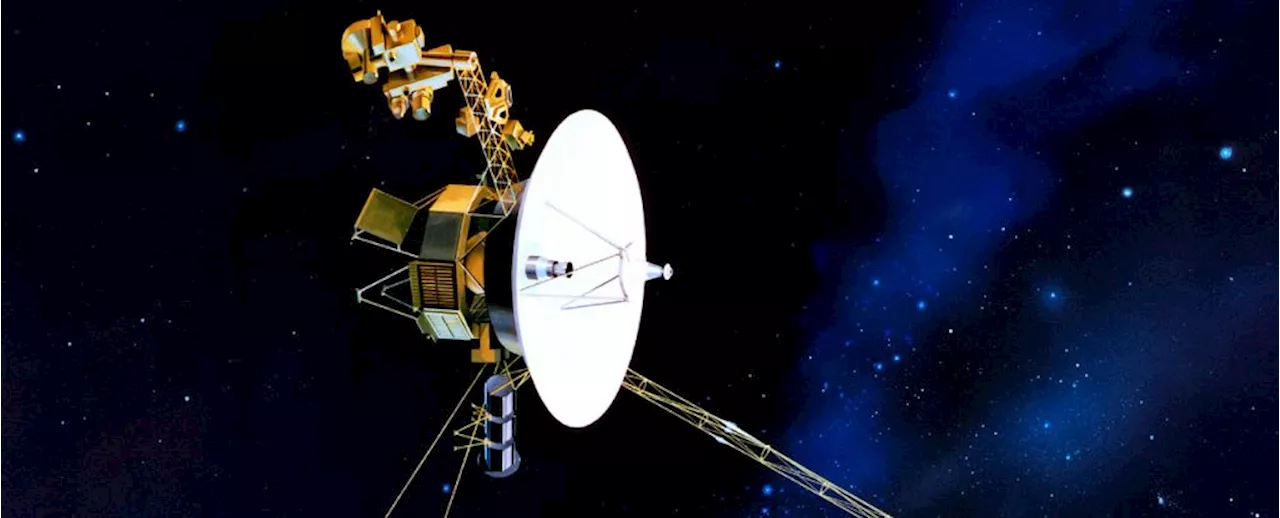 NASA Has Finally Identified The Reason Behind Voyager 1's GibberishThe Best in Science News and Amazing Breakthroughs
NASA Has Finally Identified The Reason Behind Voyager 1's GibberishThe Best in Science News and Amazing Breakthroughs
Read more »
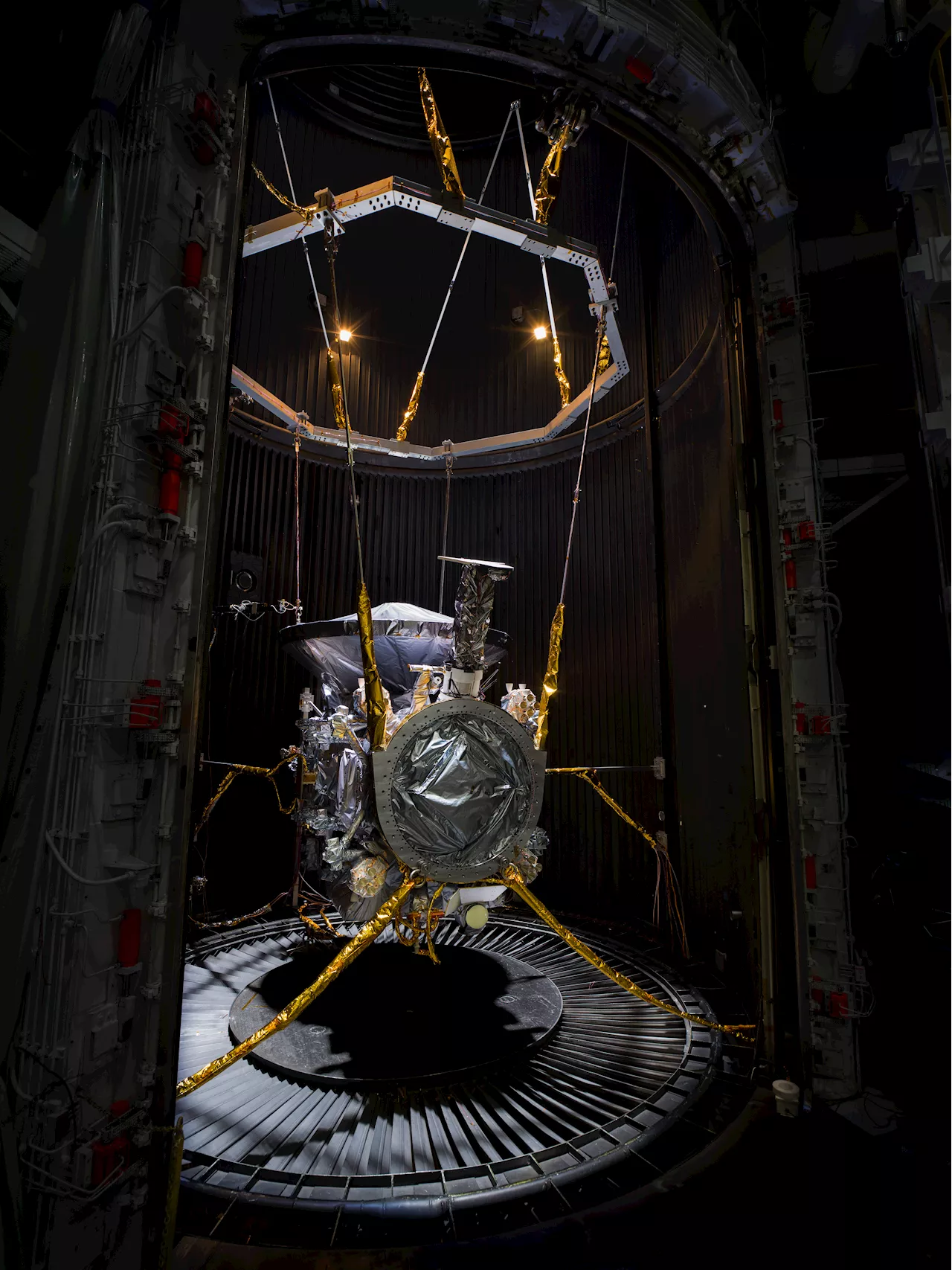 NASA’s Europa Clipper Survives and Thrives in ‘Outer Space’ on EarthA gantlet of tests prepared the spacecraft for its challenging trip to the Jupiter system, where it will explore the icy moon Europa and its subsurface ocean.
NASA’s Europa Clipper Survives and Thrives in ‘Outer Space’ on EarthA gantlet of tests prepared the spacecraft for its challenging trip to the Jupiter system, where it will explore the icy moon Europa and its subsurface ocean.
Read more »
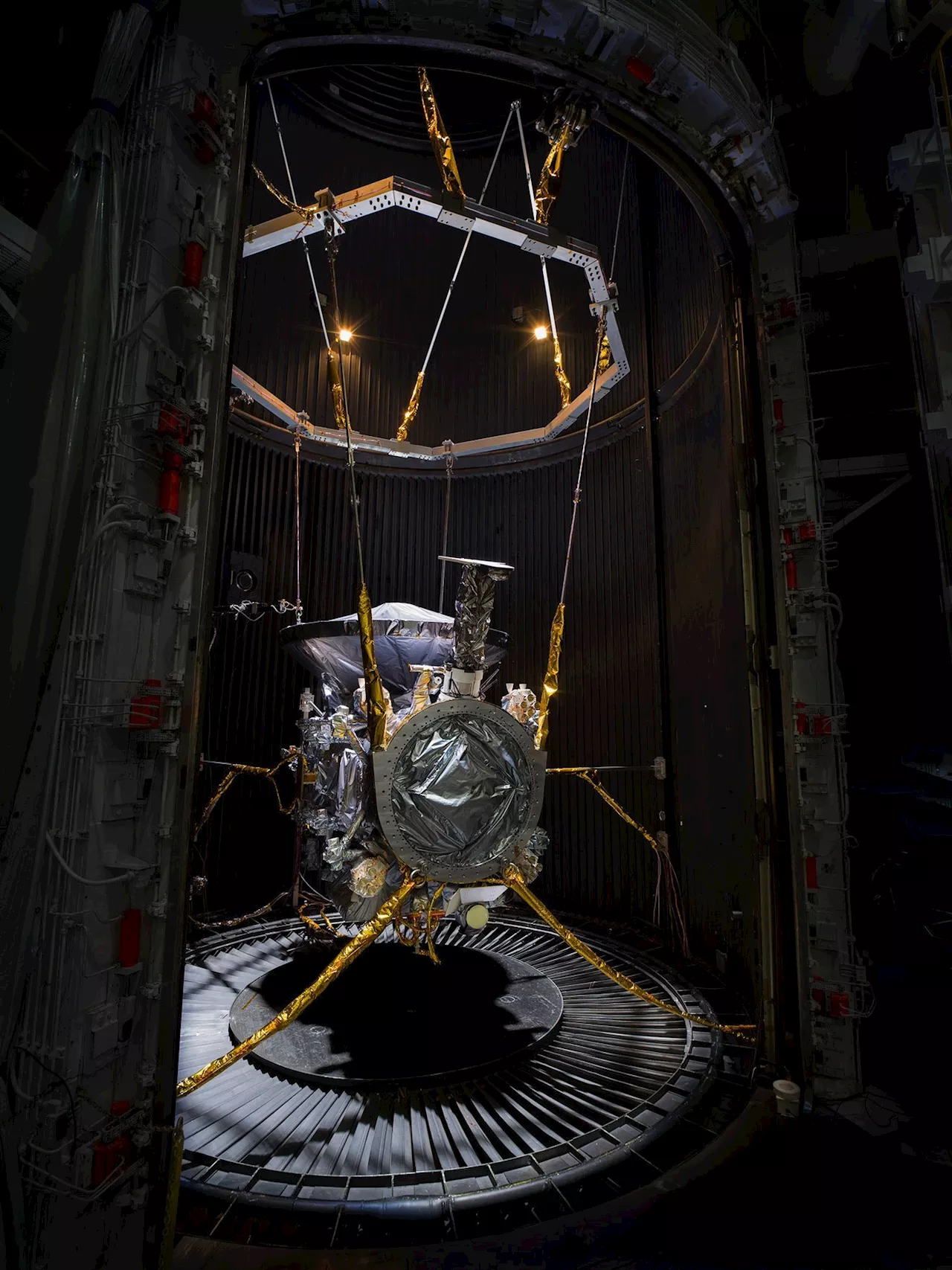 NASA's Europa clipper survives and thrives in 'outer space on Earth'In less than six months, NASA is set to launch Europa Clipper on a 1.6-billion-mile (2.6-billion-kilometer) voyage to Jupiter's ocean moon Europa. From the wild vibrations of the rocket ride to the intense heat and cold of space to the punishing radiation of Jupiter, it will be a journey of extremes.
NASA's Europa clipper survives and thrives in 'outer space on Earth'In less than six months, NASA is set to launch Europa Clipper on a 1.6-billion-mile (2.6-billion-kilometer) voyage to Jupiter's ocean moon Europa. From the wild vibrations of the rocket ride to the intense heat and cold of space to the punishing radiation of Jupiter, it will be a journey of extremes.
Read more »
